What is an Instance in Cloud Computing? – A Thorough Guide
What Database Does Twitter Use? – A Deep Dive
Understanding Workload and its Types in the Cloud
Instagram architecture & database – How does it store & search billions of images
An Insight into Bazaarvoice Scalable Architecture with Over 300 Million Visitors
How Does PayPal Process Billions of Messages Per Day with Reactive Streams?
How Hotstar Scaled With 10.3 Million Concurrent Users – An Architectural Insight
How Evernote Migrated & Scaled their Workload with Google Cloud Platform
How to choose the right cloud provider for your application – A thorough guide
How many developers do I need for my startup/app – A deep dive
Facebook database [Updated] – A thorough insight into the databases used @Facebook
What is cAdvisor? How Does it Work? Explained
Zero to Software Architecture Proficiency learning path - Starting from zero to designing web-scale distributed services. Check it out.
Master system design for your interviews. Check out this blog post written by me.
Zero to Software Architecture Proficiency is a learning path authored by me comprising a series of three courses for software developers, aspiring architects, product managers/owners, engineering managers, IT consultants and anyone looking to get a firm grasp on software architecture, application deployment infrastructure and distributed systems design starting right from zero. Check it out.
Recent Posts
- System Design Case Study #5: In-Memory Storage & In-Memory Databases – Storing Application Data In-Memory To Achieve Sub-Second Response Latency
- System Design Case Study #4: How WalkMe Engineering Scaled their Stateful Service Leveraging Pub-Sub Mechanism
- Why Stack Overflow Picked Svelte for their Overflow AI Feature And the Website UI
- A Discussion on Stateless & Stateful Services (Managing User State on the Backend)
- System Design Case Study #3: How Discord Scaled Their Member Update Feature Benchmarking Different Data Structures
CodeCrafters lets you build tools like Redis, Docker, Git and more from the bare bones. With their hands-on courses, you not only gain an in-depth understanding of distributed systems and advanced system design concepts but can also compare your project with the community and then finally navigate the official source code to see how it’s done.
Get 40% off with this link. (Affiliate)

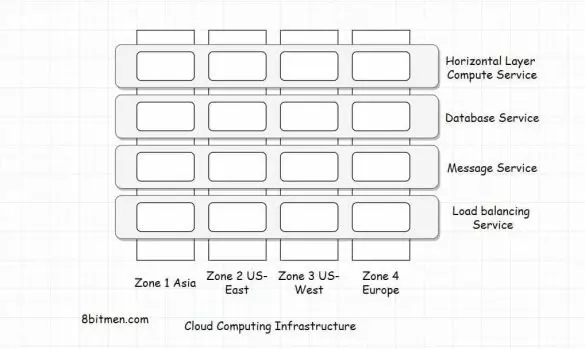
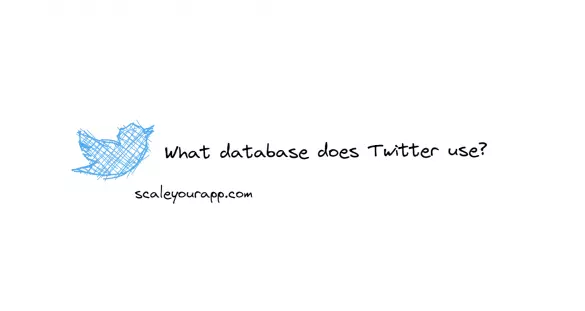
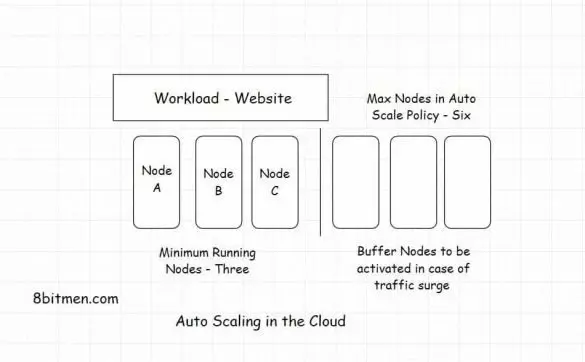
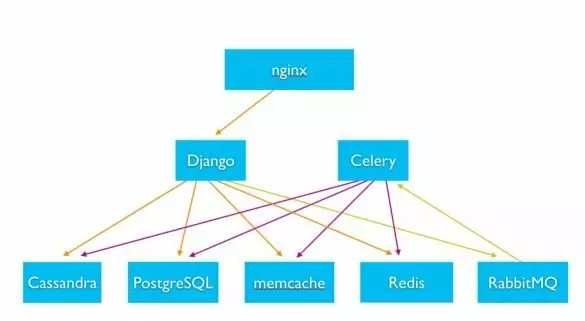
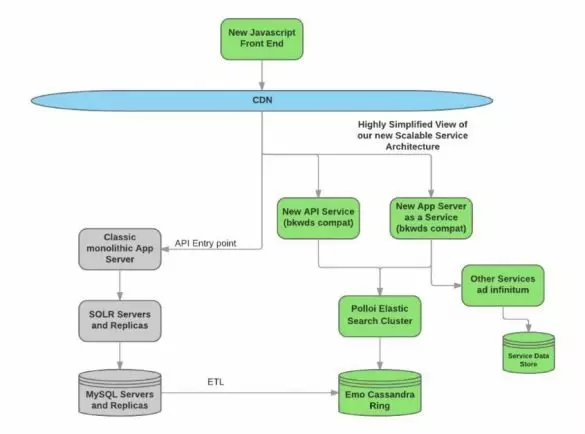


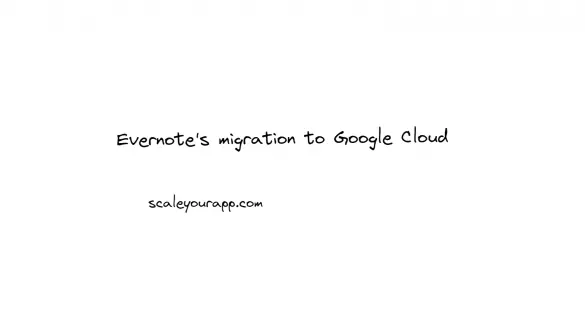
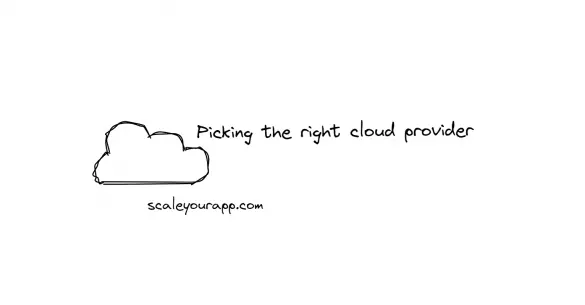
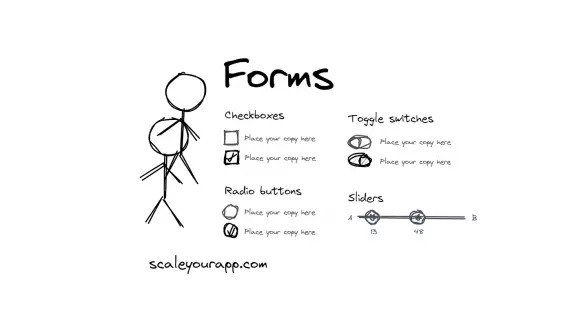
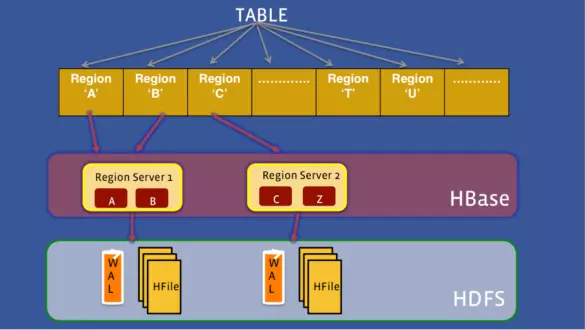
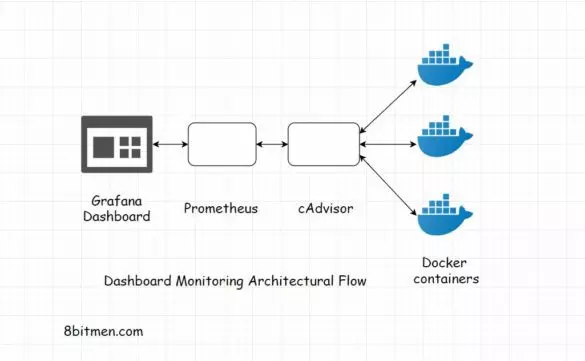
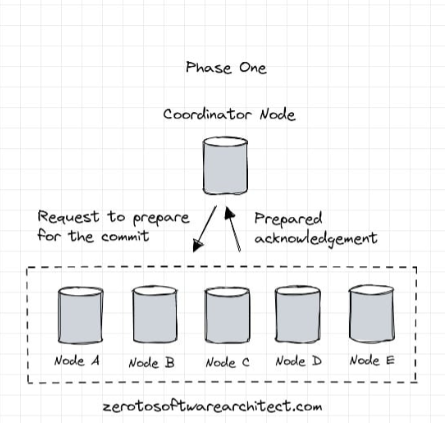
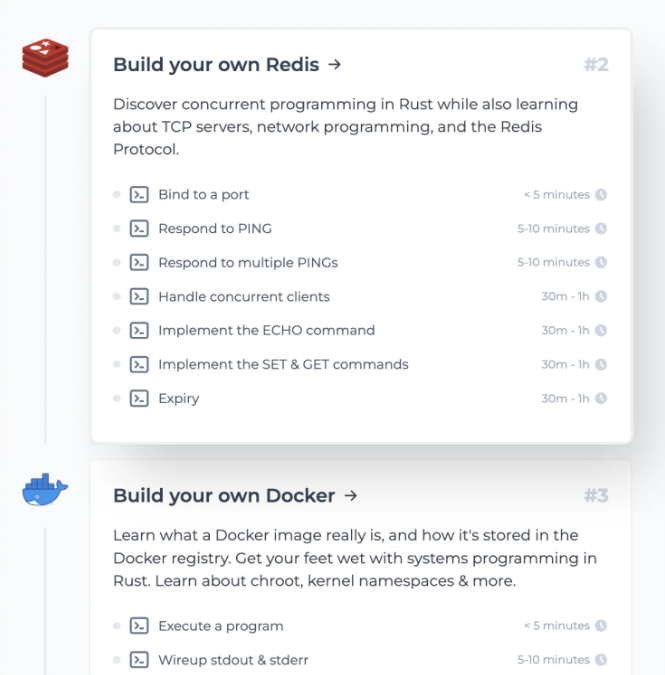
Follow Me On Social Media